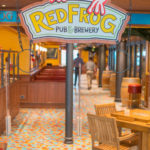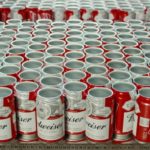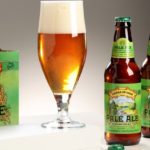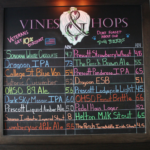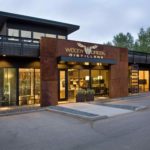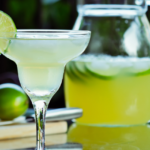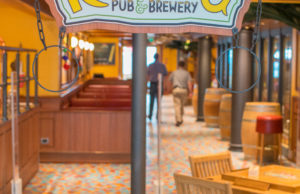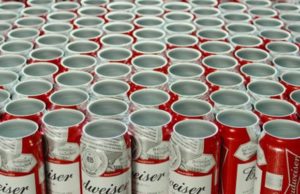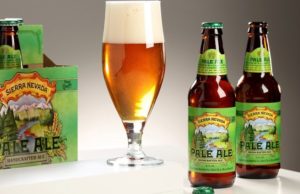Paso Robles Harvest Wine Crush
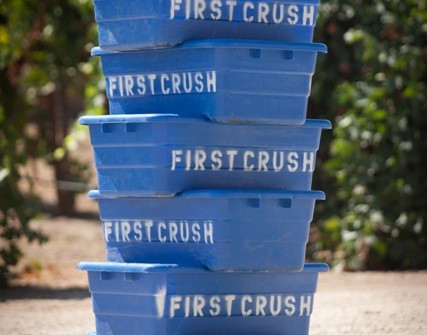
September is California Wine Month, and what better time to plan a trip to Paso Robles Wine Country for Paso Robles Harvest Wine Weekend, October 16 through 18. Visitors can explore over 140 wineries to experience wine events from an actual grape crush to tastings and wine dinners.
What is a wine crush exactly? It’s a celebration of harvest time, which takes place between late August and early November. The grapes that began to show real color in mid-summer are now mature, and the Paso Robles area’s dry, temperate climate allows grapes a longer hang time than other regions, creating a later harvest. The climate also provides the right growing conditions to grow essentially all varietals from any major growing region, worldwide. That’s quite a heady opportunity, and Paso area wine makers take full advantage of that ability, offering single varietals and blends.
One great way to experience the crush first hand is to crush the grapes. Technologically speaking, the days when professional wine making involved stomping the grapes with your bare feet have long been supplanted by the commercial wine press and crush pad. But during the Wine Crush, visitors can have the experience of taking off their shoes and stepping into a barrel to stomp away. It’s a way to connect with the history of wine making, and appreciate the process. Though stomp is a harsh word, in reality, stomping is a gentle form of crushing the grapes, breaking each one open to release the juice it contains, rather than merely tearing up the grape skins. Personally stomped grapes are not made into wine anymore, rather, the product created – essentially grape juice, is sent home with visitors, labeled not for consumption. Why? Because government regulations now stringently prevent the possibility of any contamination at commercial wineries, and while stomping contamination is still slim, it does exist.
The real harvest crush involves tubs of freshly picked and sorted grapes crushed using mechanical presses to stomp the grapes into must. This pressed grape juice includes skins, seeds, and other solids that are pressed on a crush pad while the grape juice is poured into giant fermentation tanks. What happens to the skins and seeds? They’re called pomace and are shoveled into tanks for re-pressing to get any remaining juice. With red wines, workers punch down grape skins that float on the surface of fermentation tanks, to assure that fermenting wine gets the proper contact with the skins, whose purpose is to produce tannin and color. With white wines, grapes are crushed, pressed, and separated from skins and solids to prevent color and tannins entering the wine. Red or white, the grape juice can begin fermenting into wine naturally from wild yeasts present in the air, but a cultured yeast is often added.
During Wine Crush, visitors can watch the process unfold, as well as attending special tastings, seminars on blending, and touring bucolic vineyards themselves.
With the Paso Robles region rich in wines from Cabernet Sauvignon and Petite Sirah to Viognier, Chardonnay, and Pinot Noir, visitors to Wine Crush will see, taste, and learn about a wide number of varietals. Stomp, sip, or savor: the wine crush offers an annual celebration for growers, wine makers, and the public alike to greet the new vintage in Paso Robles.

